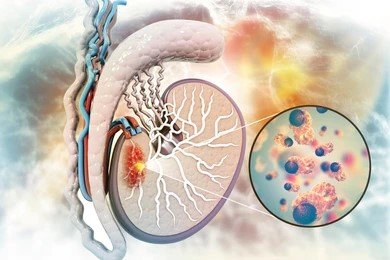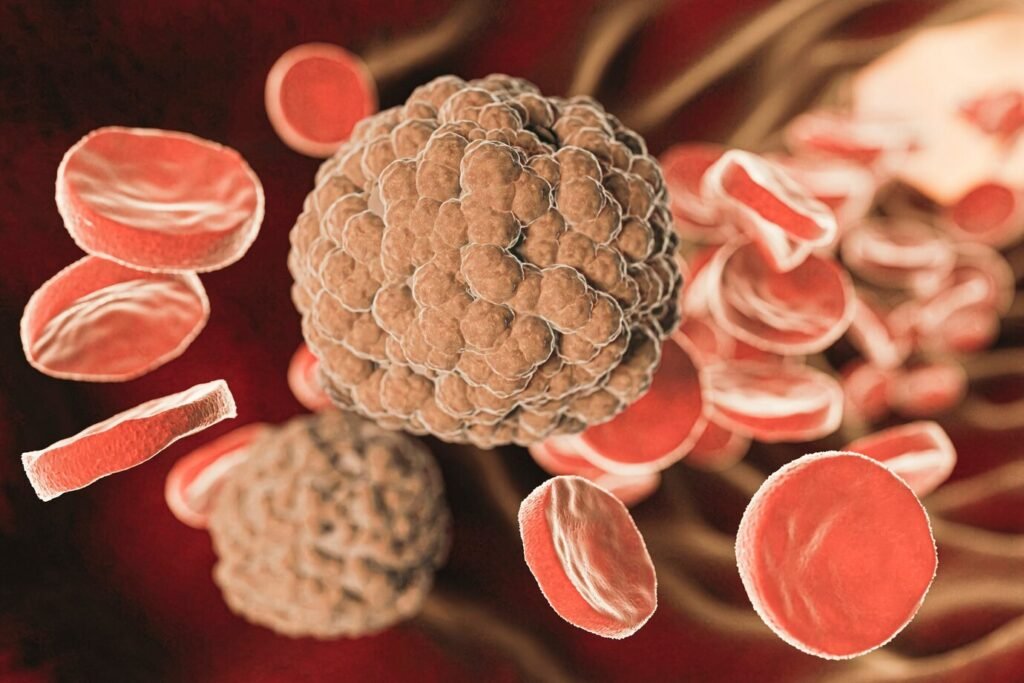Understanding Testicular Cancer: Incidence, Epidemiology and testicular cancer symptoms

Testicular cancer, though not a common type of cancer, is a significant health concern that primarily affects young and middle-aged men. This blog post aims to shed light on the incidence, epidemiology, and symptoms of testicular cancer. Incidence Testicular cancer is relatively rare, accounting for about 1% of all male cancers. However, it is the most common cancer in young men aged 15-40 years. Globally, there are approximately 75,000 cases of testicular cancer and over 9,000 deaths per year. The incidence rate of testicular cancer has been increasing in the US and many other countries for several decades, mostly in seminomas. However, the rate of increase has slowed recently. It’s important to note that testicular cancer is highly treatable, and the cure rate is excellent. Epidemiology Testicular cancer can affect males of any age, but it is most frequently diagnosed in young men ages 15 to 30. It is far less common among males over age 50. The average age of males when first diagnosed with testicular cancer is about 33. The worldwide incidence of testicular cancer is lowest in Africa and Asia and highest in the Scandinavian countries, Germany, Switzerland, and New Zealand. The cause of the increasing global incidence of testicular cancer is unclear. Risk factors for testicular cancer include having an undescended testicle, a family history of testicular cancer, previous testicular cancer, and certain congenital abnormalities of the testes Symptoms The symptoms of testicular cancer can vary from man to man. The most common symptom is a small, hard lump in the testes that is often painless. Other symptoms may include: It’s crucial to seek medical attention if you notice any of these symptoms. Early detection and treatment significantly improve the prognosis for testicular cancer. In conclusion, while testicular cancer is not a common disease, it is essential to be aware of its incidence, risk factors, and symptoms. Regular self-examinations and prompt medical attention for any abnormalities can help ensure early detection and successful treatment. Remember, it’s always better to be safe than sorry. If you notice any changes or symptoms, don’t hesitate to consult with a healthcare professional. Your health is worth it! Citations: https://exonpublications.com/index.php/exon/article/view/epidemiology-of-testicular-cancer
Understanding Multiple Myeloma: Symptoms, Diagnosis, and Treatment options

Multiple myeloma, a type of blood cancer, affects plasma cells in the bone marrow. These cells are crucial for our immune system and produce antibodies to fight infections. When they become cancerous, they multiply uncontrollably, leading to various symptoms and complications. Common Symptoms of Multiple Myeloma Diagnosis and Treatment Treatment Options: Conclusion Early detection is crucial for managing multiple myeloma. If you experience any of the symptoms mentioned above, consult a healthcare professional promptly. Remember, knowledge and awareness empower us to fight against this challenging disease. Stay informed, stay vigilant Recommend: Understanding Melanoma: Insights from an Oncologist
Multiple Myeloma: Unraveling the Complexities of a Stealthy Blood Cancer

Multiple myeloma, a lesser-known but formidable adversary, emerges from the depths of our bone marrow. It stealthily infiltrates the intricate web of plasma cells, disrupting the delicate balance within. In this comprehensive blog, we delve into the evolution, treatment, and ongoing quest to catch this elusive foe early. The Evolution of Multiple Myeloma Risk Factors and Demographics Treatment Advances and Prognosis The Quest for Early Detection Conclusion As we unravel the mysteries of multiple myeloma, we stand at the precipice of breakthroughs. Vigilance, research collaboration, and hope propel us forward. Let us continue our relentless pursuit to outwit this silent adversary and offer solace to those affected.
